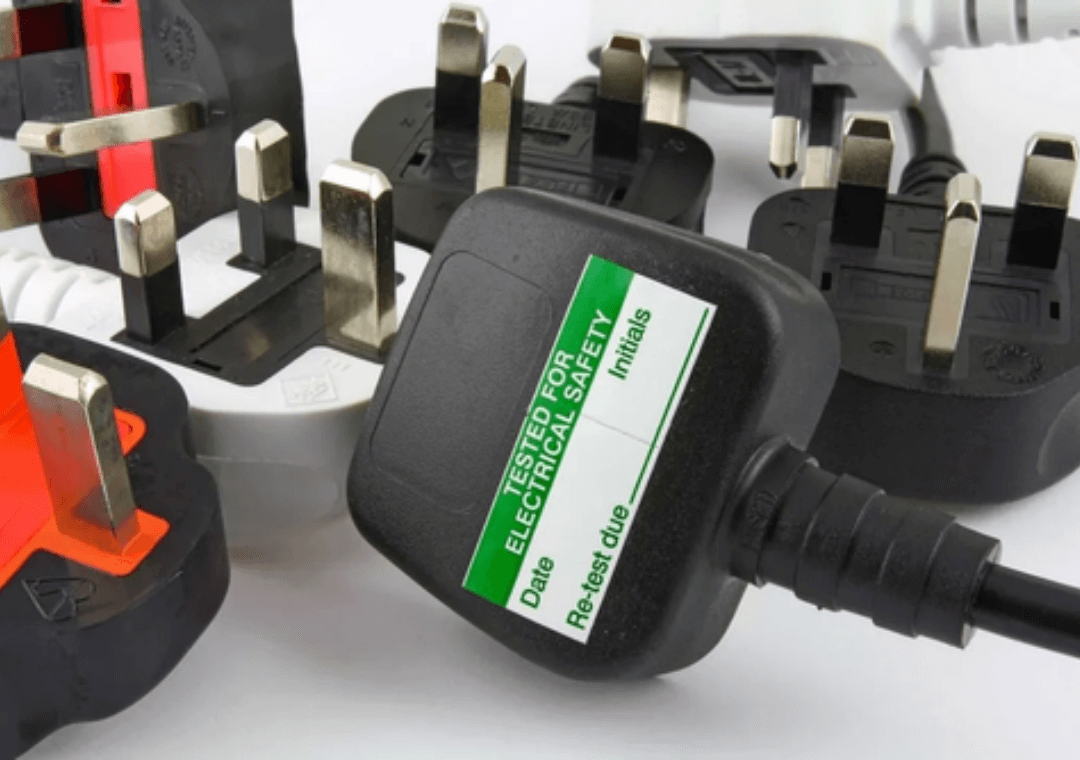
Trusted PAT Testing Services in Sussex
Certified appliance testing for safe, compliant workplaces
At CDS Electrical, we provide reliable, fully certified PAT Testing for businesses across Sussex, including Eastbourne, Brighton, Worthing, Crawley, Hastings, Uckfield, and surrounding areas.
Whether you manage an office, retail space, rental property or industrial site, regular PAT Testing helps ensure your electrical appliances are safe, compliant with UK regulations and protected from risk.
With flexible appointments and detailed reporting, we make it easy to meet your safety obligations without disruption to your daily operations.
What Is PAT Testing?
PAT Testing (Portable Appliance Testing) is the routine inspection and electrical testing of plug-in equipment to ensure it is safe to use. It involves both visual checks and electronic safety tests carried out by a qualified technician.
PAT Testing is a legal requirement under UK health and safety law. Employers, landlords, and duty holders must ensure that all electrical appliances are maintained in a safe condition.
Failure to comply can lead to fines, invalid insurance, or even prosecution in the event of an accident.
Who Needs PAT Testing?
If your workplace or business uses plug-in electrical appliances, you should have annual PAT Testing to ensure compliance with health and safety laws.
Our services are ideal for:
Offices and commercial buildings
Shops, salons and retail premises
Rental properties and landlords
Schools, nurseries and colleges
Hotels, restaurants and cafés
Construction and industrial sites
Healthcare clinics and care homes
Whether you have five appliances or five thousand, we tailor our service to suit your needs, minimising disruption while keeping you compliant.
Why Choose CDS Electrical for PAT Testing?
With over 30 years of electrical experience and a strong reputation across Sussex, we deliver PAT Testing you can trust:
Fully qualified and insured engineers
Clear documentation and compliance reports
Flexible appointments to suit your schedule
Competitive pricing with no hidden costs
Trusted by local businesses, schools and landlords
Our engineers are efficient, friendly and focused on safety, helping you meet your legal responsibilities with confidence.
Book Your PAT Testing Today
Don’t leave safety and compliance to chance. Contact our friendly team to schedule professional PAT Testing for your business or property.
We offer fast, reliable service across Eastbourne, Brighton, Worthing, Crawley, Hastings, Uckfield and the wider Sussex area.




